
The new school year is upon us; parents in Colorado Springs are focused on getting back in the swing of the kids being in school. Having the kids back in school can have an impact on “fur babies” in unexpected ways.
Back to school separation anxiety is a condition can affects dogs that spend most of their time with kids during the summer, playing and just being together. While this is wonderful for both kids and dogs, your dog can experience a loss when their beloved daily companion goes back to school all day. And when dogs feel sad, they often act out.
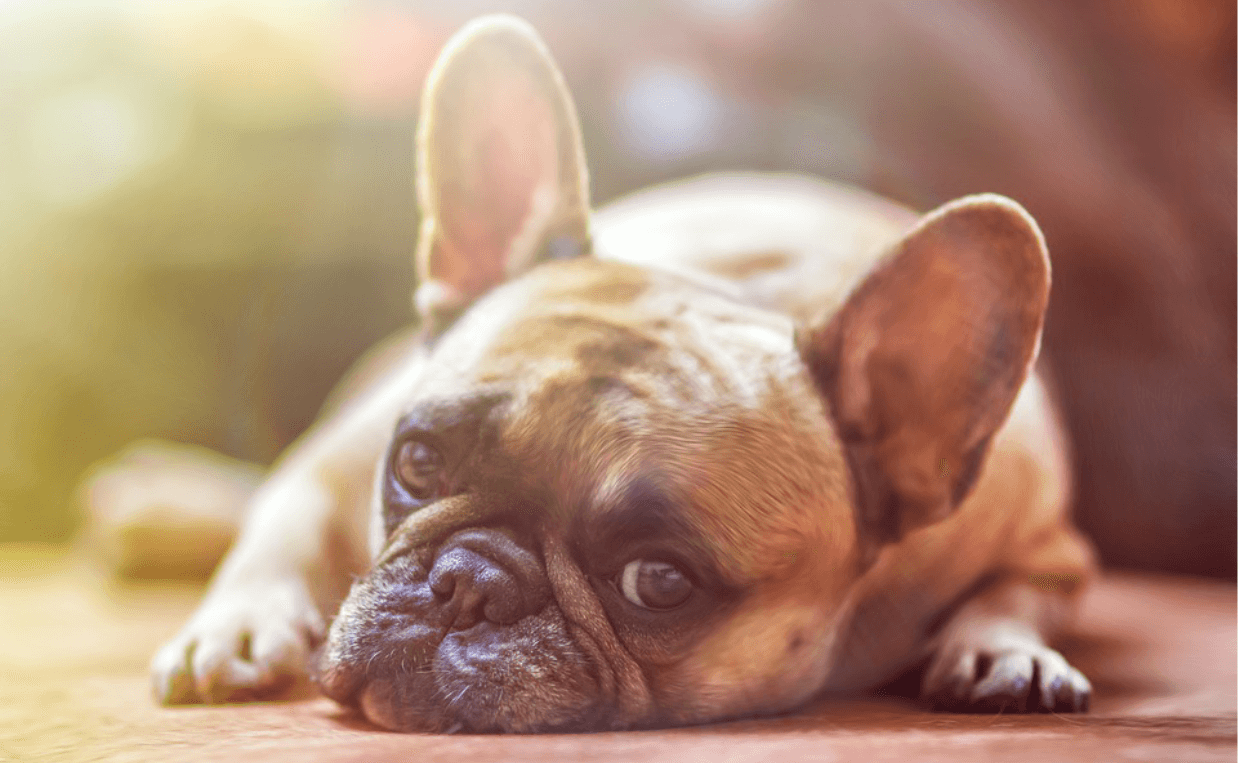
Over the summer your dog grew closer to the kids who were home most of the time. Kids love to play with their dogs, lavishing them with love, attention and playtime. Now the kids are back in school, your dog will feel a void previously filled with fun times.
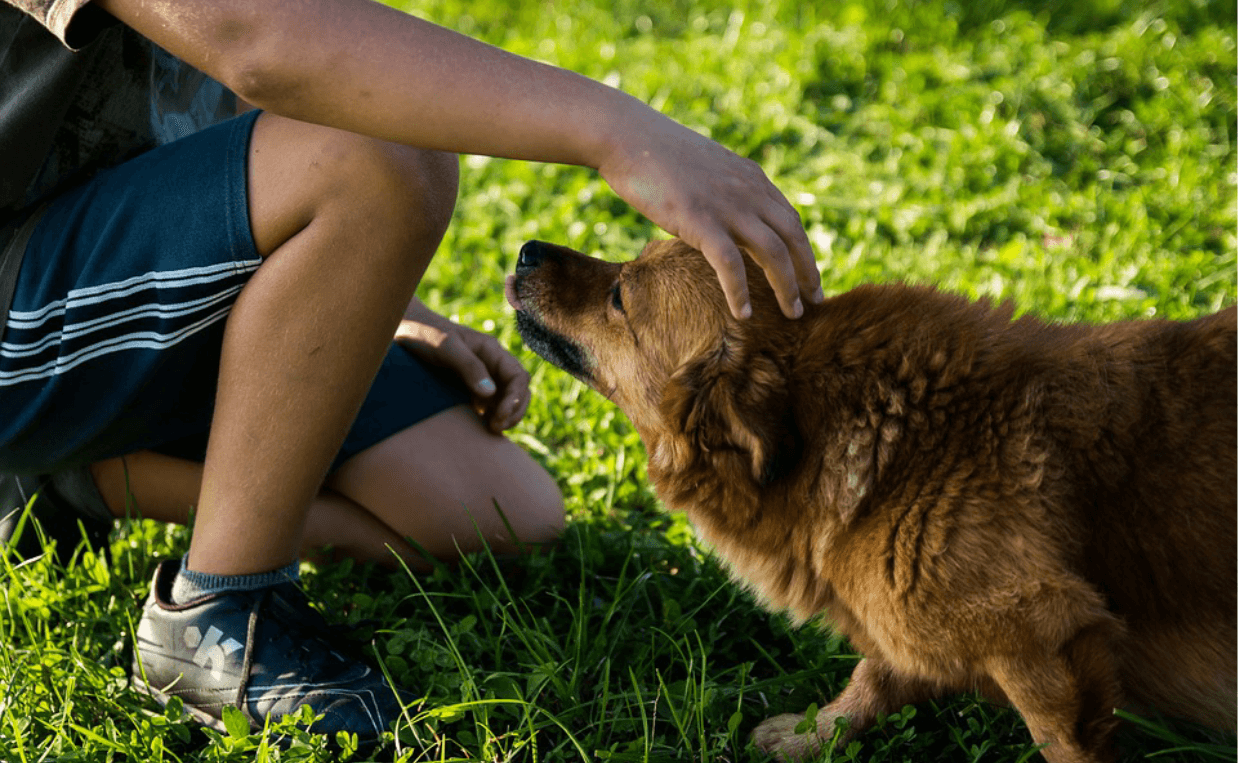
What’s more, you may be away from the house more, driving kids to and from school, afterschool activities, school trips and events. Your dog will go from enjoying a busy fun summer house to a quiet and lonely household.
Whether your dog already has issues with separation anxiety or is now showing signs of it in response to new back to school routines, it is important to learn more about what causes it and how to cope with it.
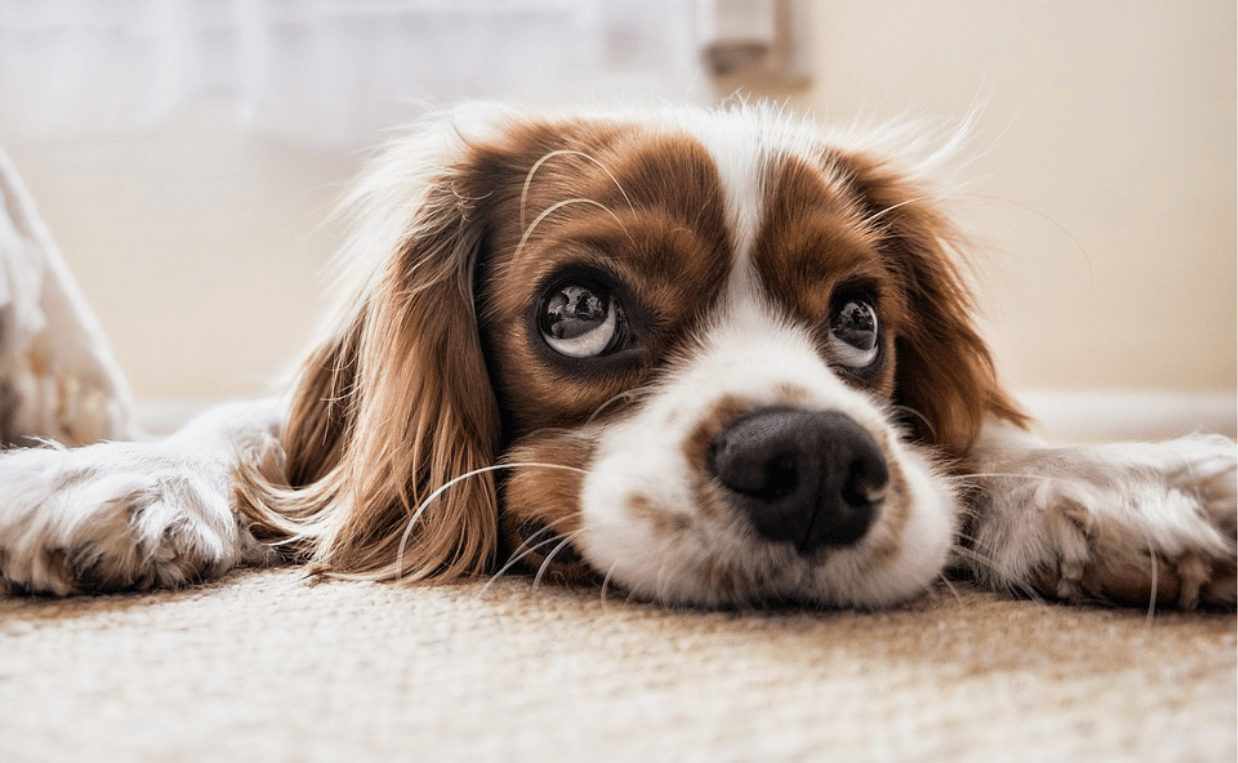
What is Separation Anxiety?
Separation anxiety is upset, destructive and frantic behavior a dog exhibits when separated from his “people”. It might mean chewing, barking, urinating, defecating or trying to run away from the house. This is the primary reason behind destructive dog behavior, often mistaken for behavioral or house-training problems.
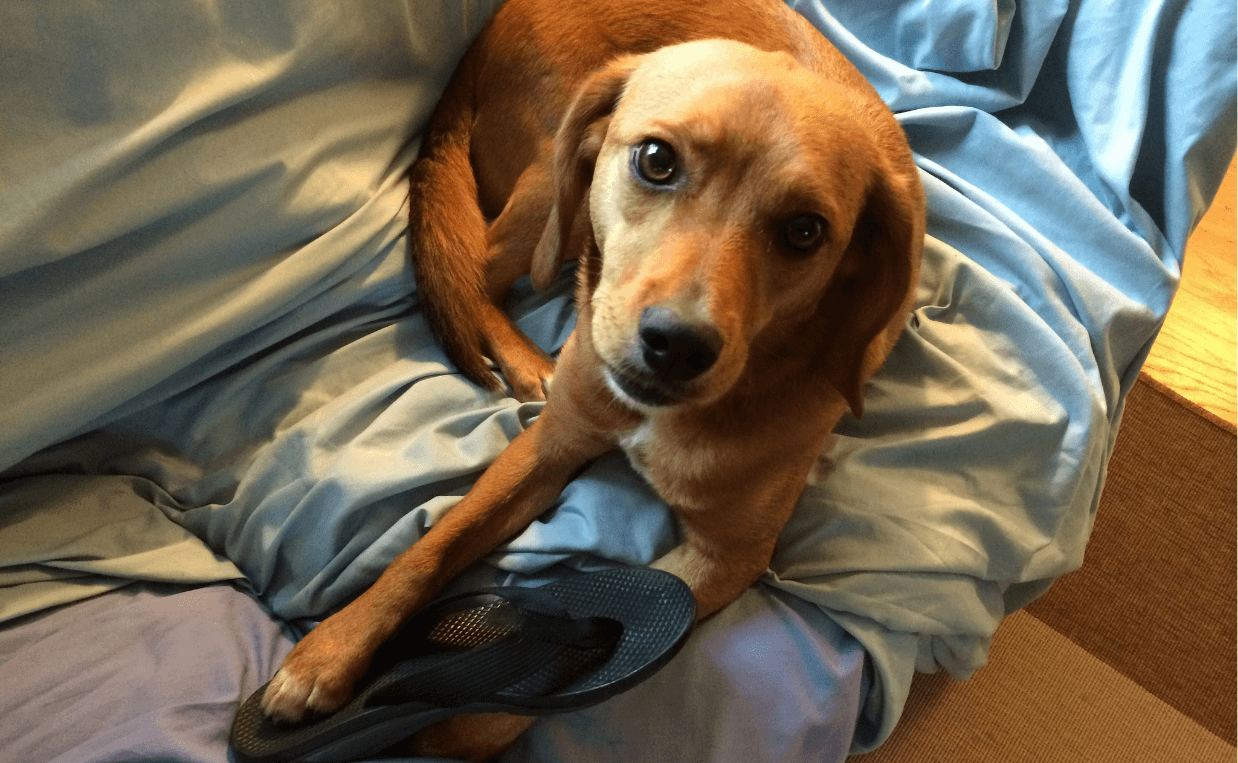
Signs of Separation Anxiety
There are many signs of separation anxiety. If your dog is primarily a well-behaved dog while you are around, but “bad” when you leave, that can be a big indicator of separation anxiety. Here are a few behaviors often seen with separation anxiety in dogs.
- Excessive salivating
- Howling
- Trembling
- Barking
- Panting
- Pacing
- Whining/Crying
- Dilated pupils
- Ignoring food
- Destructive behavior
- Scratching doors and windows trying to escape
- Urinating/defecating in the house
Often, a dog’s behavior will become destructive when he or she is suffering from anxiety, so it is important to know how to deal with it before your dog causes too much damage.
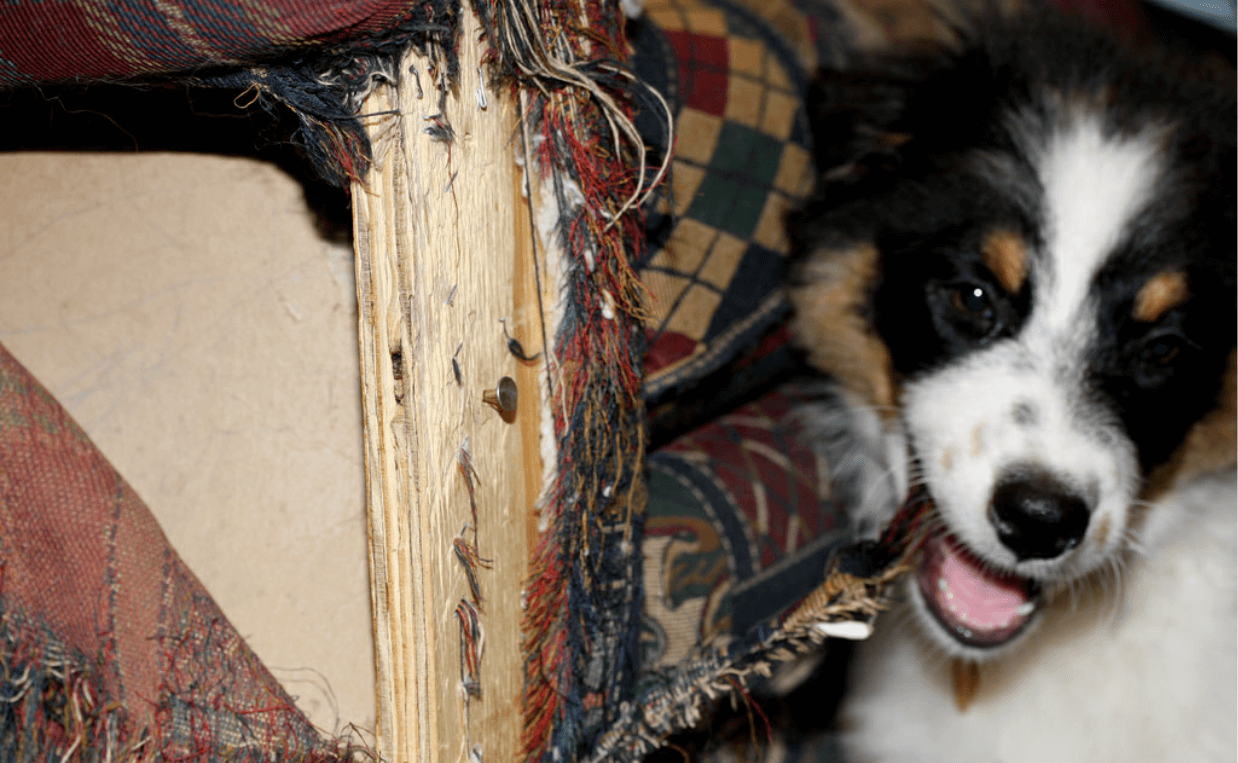
Causes of Separation Anxiety
There are no conclusive reasons why some dogs develop separation anxiety. Many dogs that are abandoned at a shelter show high separation anxiety with new owners. Also, changes in surroundings, neglect, lack of training, premature adoption, long vacations without them, death of a pet or human friend, heredity or breed behavior, or genetics have all been known to trigger separation anxiety.
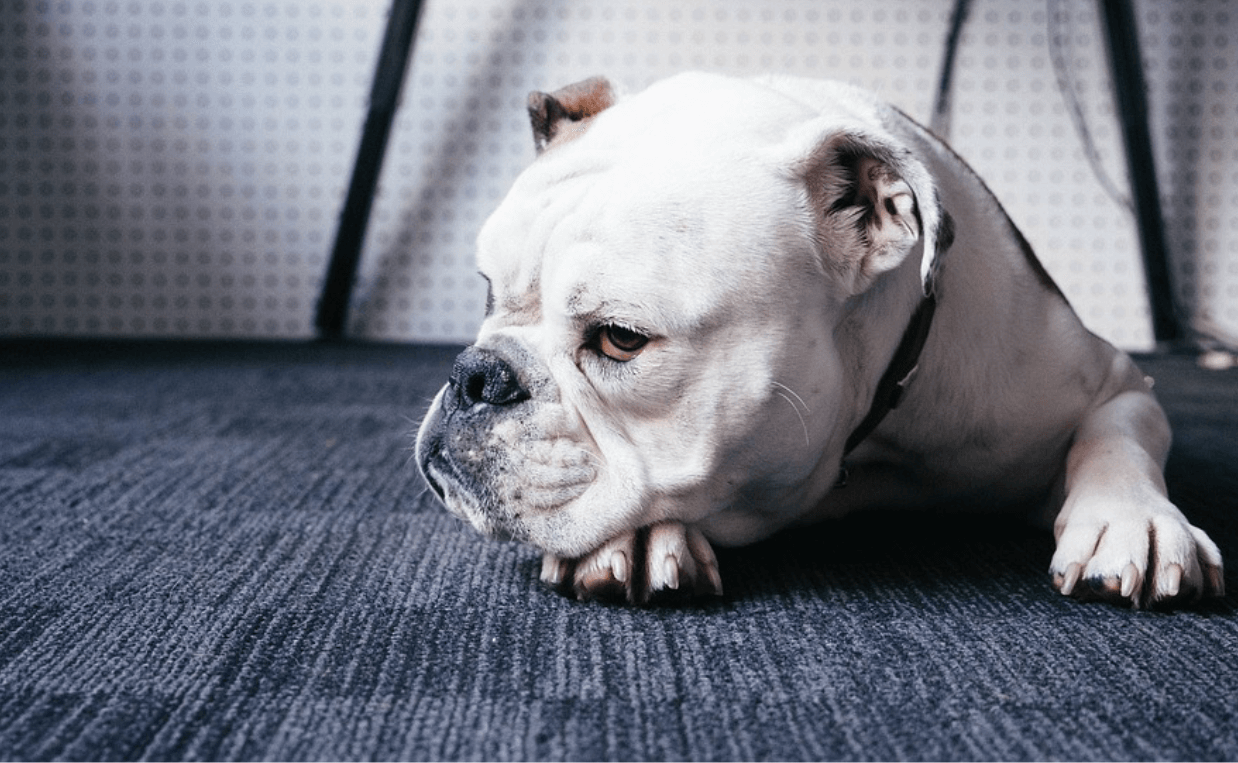
How to Help Your Dog with Separation Anxiety
The goal is to resolve your dog’s underlying anxiety by teaching him to at least tolerate, and hopefully eventually enjoy, being left alone.
This can be done through persistent and dedicated work and taking little steps at a time. Try to work on calming techniques with your dog.
-
Change your goodbye routine slightly.
When you are ready to go, put on your coat and sit for another 15 minutes until your dog has calmed down. Go out another door that you normally don’t use. Give your dog a treat when you leave so they associate you leaving as positive.
-
Downplay leaving and coming home.
By not drawing attention to leaving and coming home, it will help your dog stay calm or calm down faster. When you return, don’t pay much attention to your dog until they have calmed down.
-
Leave comfort items and radio on.
You can leave your sweater out for them to lay on, and the radio going so it’s not silent. This will help them feel close to you and lets them hear people voices. Play the radio when you are home to build a sense of familiarity with radio voices and music.
-
Special toys when you are gone.
Save your dog’s favorite and new toys for when you are leaving. Only give them their toys when you are going out so they have something fun to play with and not think about the separation that is occurring. Remember to put those toys away when you return home so they are kept as special toys.
-
Build your dog’s tolerance for being in the crate.
If your dog stays in a crate when you go out, build your dog’s tolerance for the crate by putting them in the crate for short periods of time while you are home.
-
Don’t leave for long periods of time.
At first just leave for 15-20 minutes. Walk around the block and come back. Your dog will see you always come back and hopefully will learn to relax. Start extending the time to an hour and see how they are doing.
When you get home, don’t punish or scold your dog for separation anxiety behavior. Your dog is displaying a distressed response behavior, not a behavioral problem.
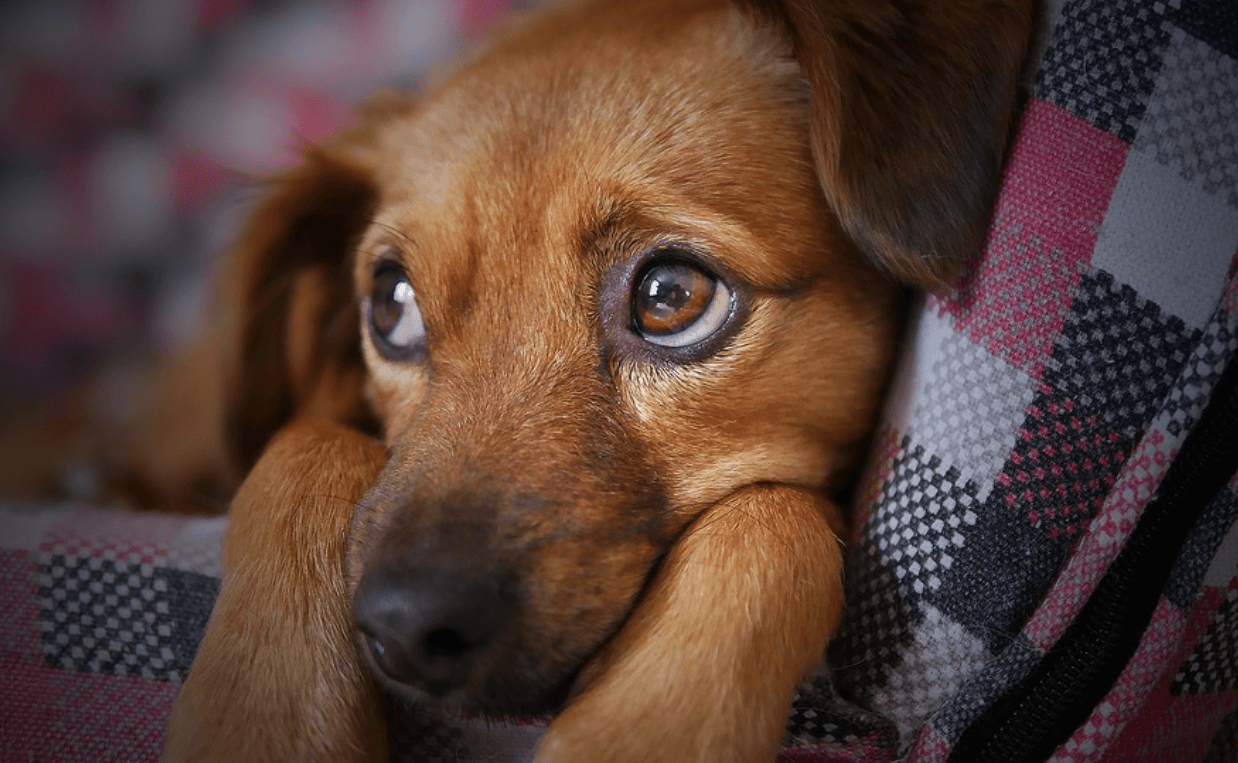
There is not a “one size fits all” training or technique to help dogs suffering with separation anxiety. Continue to implement consistent calming techniques daily to help while you are away. Eventually your dog will become less anxious.
If you need to leave for 8-hour work days, overnight or even a few hours, consider enrolling your dog at Canine Campus for daycare or overnight stays. They will be surrounded with people who care for them and other dogs that want to play. Separation anxiety is never an issue while having fun at Canine Campus!
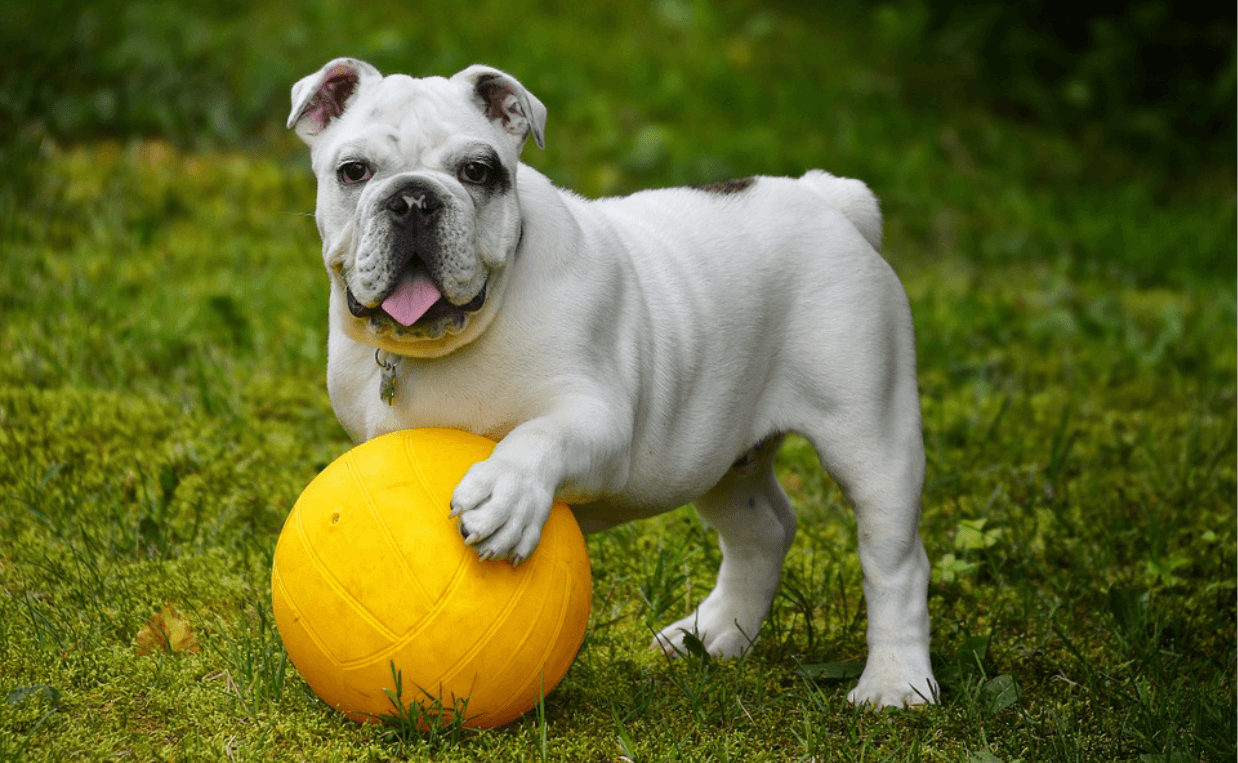
Does your dog experience separation anxiety? If so, what tactics have you used to help your dog manage his or her stress?













Separation anxiety is a really painful thing for dogs. We should know about this problem. Thanks for sharing this amazing article on this topic.